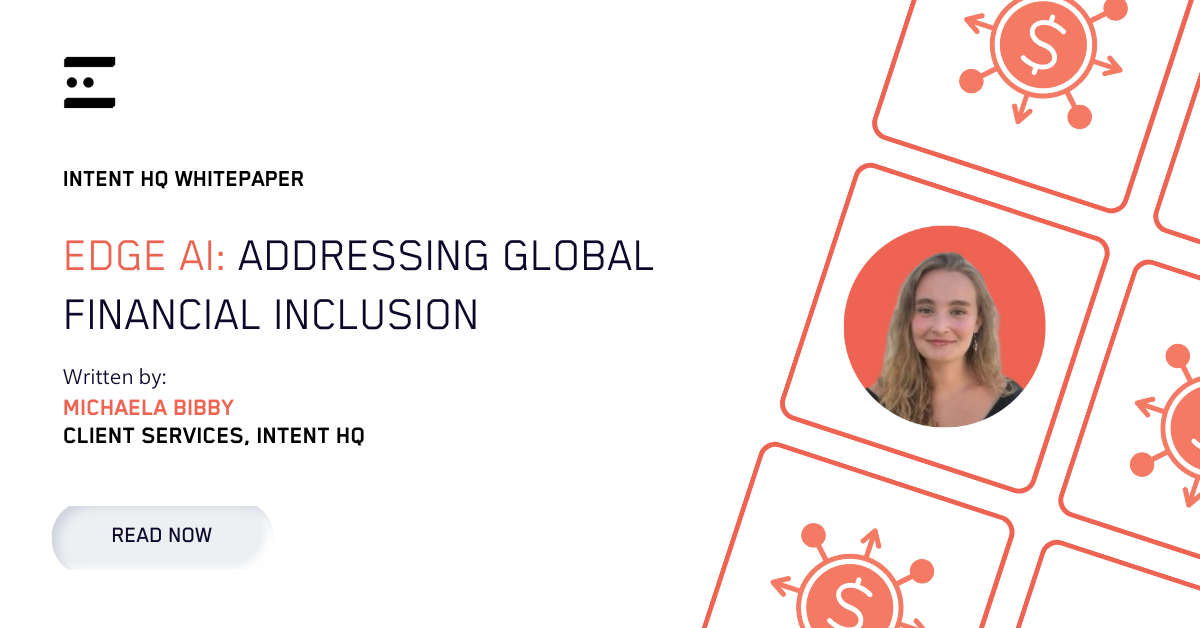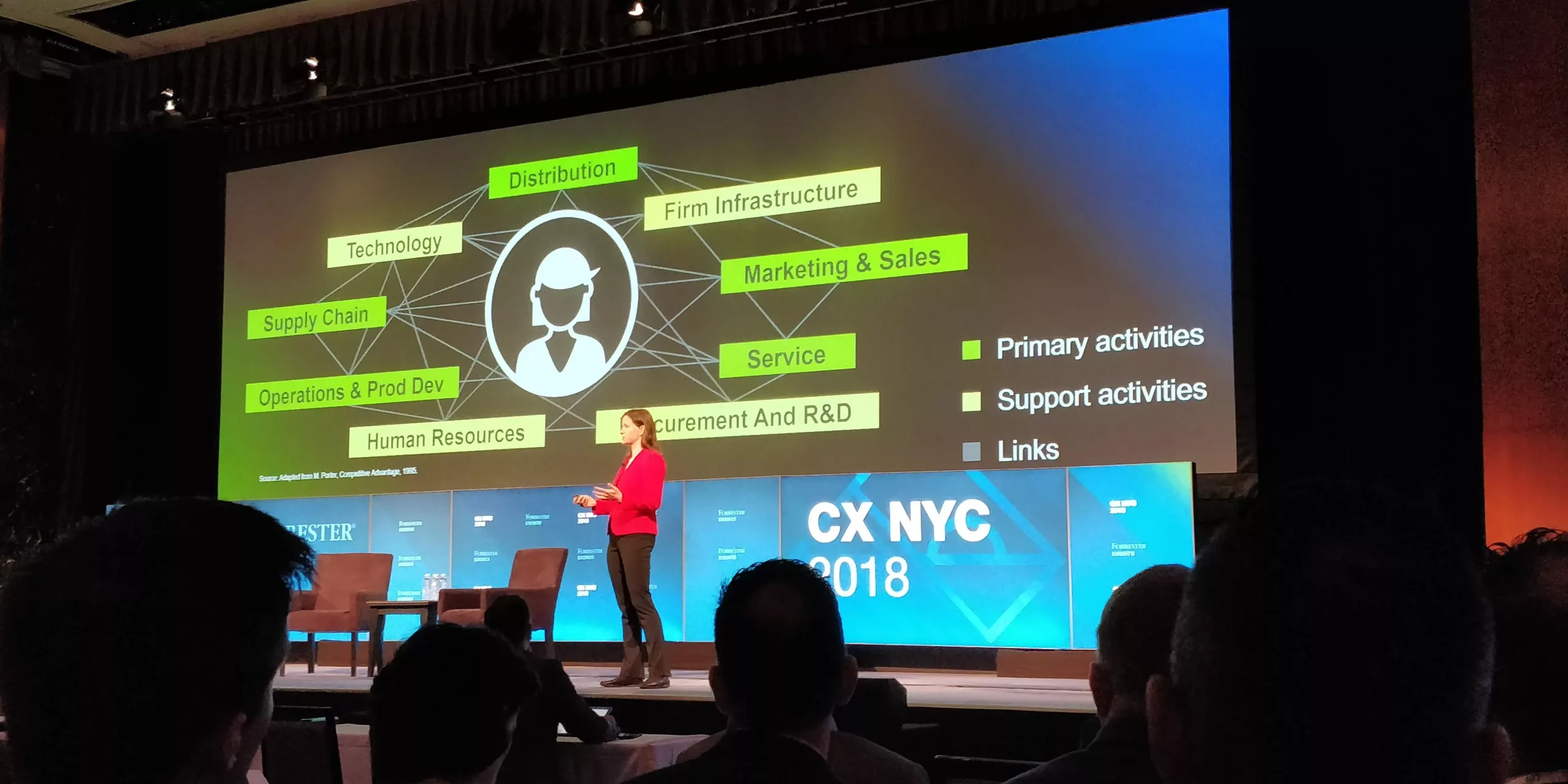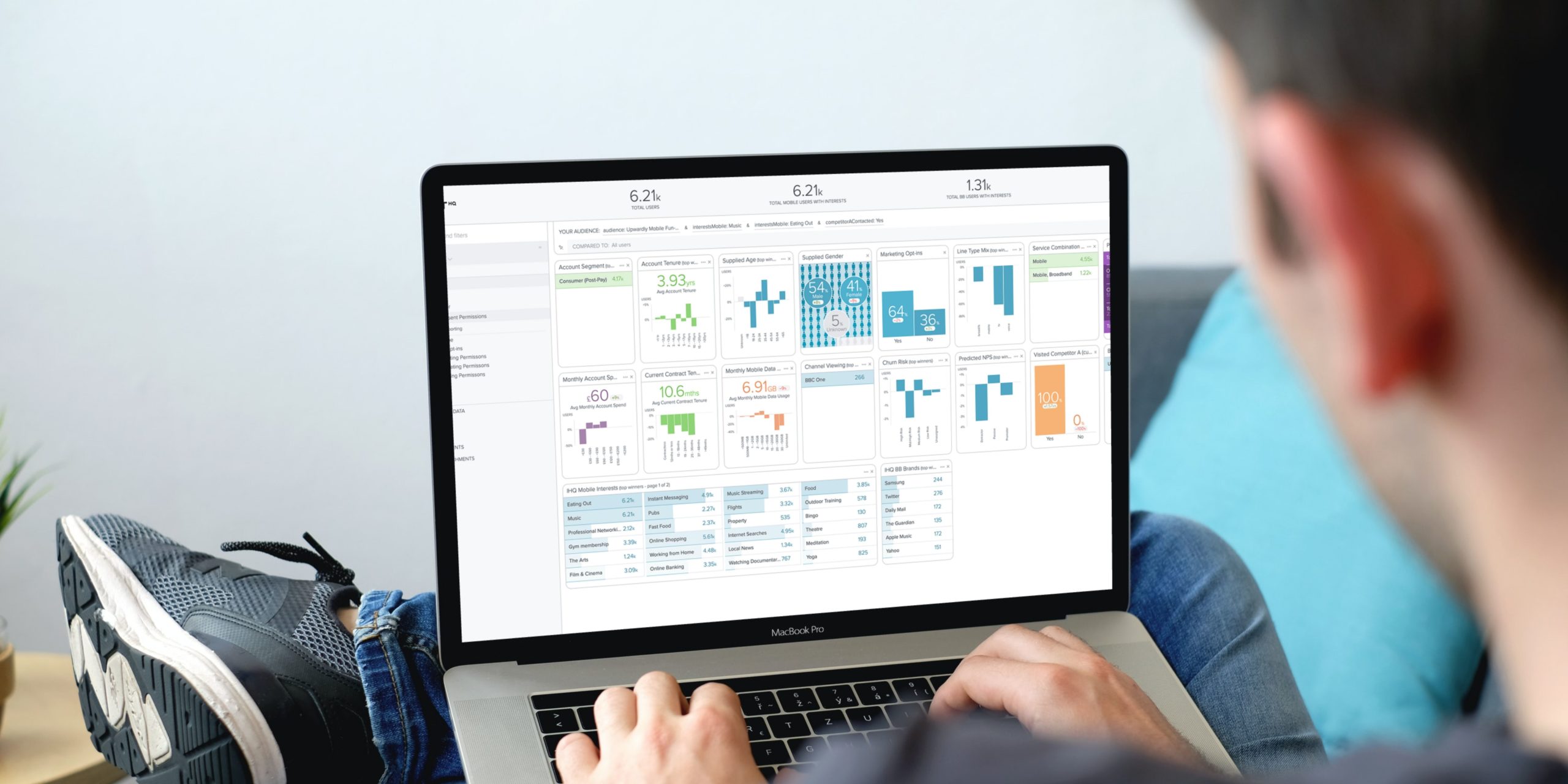We all know that quality customer data offers a huge amount of potential for communication service providers (CSPs) to tailor their messaging and deliver more personalized services.
But having this data and using it effectively are two very different things. Using the right data science solutions is only the start of the challenge. Even though powerful AI-driven platforms can offer great insight into who your customers are and what they want, they’re only as good as the data fed into them. And this is where it can get tricky.
This is because people are more aware of their data than ever. They increasingly recognize just how much information companies collect about them, and what the potential consequences of this may be. According to Pew Research, for example, almost four-fifths of Americans (79 percent) are concerned about how businesses use the personal data they collect.
Growing regulatory and privacy pressures
At the same time, CSPs must contend with greater regulatory pressures than ever. For those with EU customers (and UK residents while post-Brexit laws remain aligned), GDPR places strict restrictions on what may be done with user data, while for US enterprises, the CCPA mandates a similar set of rules.
Central to these rules are user privacy and control over their personal data. And telecom firms may be particularly subject to enforcement if they fail to meet their obligations in this regard, by virtue of the fact they collect such large amounts of sensitive, identifiable customer data.
This means clear, informed consent is vital to any activities that rely on customer data. Today, almost all marketing activities are likely to fall into this category. However, obtaining this consent is far from a given. In fact, in an era where traditional ideas about consent are dead, consumers are increasingly declining to grant permissions – or revoking them if they get frustrated with irritating or impersonal communications – and CSPs may be among the sectors most affected by this.
For example, when Apple released its latest iOS update in May 2021 that changed app tracking to an opt-in model, only four percent of users agreed to this. This is a pattern likely to be repeated across digital services in the coming years. Pew noted one in four US adults report being asked to agree to privacy policies on a daily basis, and once they get into the habit of rejecting the use of personal data, this is bad news for CSPs.
As well as this issue, there are compliance factors to consider. Complex consent regulations now mean privacy and legal teams must spend significant manual effort to verify that for every use case, each data element or combination of elements are compliant. What’s more, even where the law allows the use of highly personal data, legal and privacy teams are often hesitant to use it for fear customers will still consider it infringing on their privacy. Given the reputational damage that companies such as Google have incurred for their use or personal data such as email contents, it’s understandable that businesses will be wary.
Therefore, solving the privacy issue remains one of the business challenges for CSPs looking to improve their personalization – and this is where digital twins may come in.
The advantages of digital twins
A digital twin is defined broadly as a virtual representation of a user, which updates in real-time as their circumstances and activities change. This is what separates it from other, more static models, which make them vital for marketers and anyone else working with customer data who need to ensure they have an accurate, up-to-date picture of their customer base. It’s often used to describe digital representations of physical objects for mechanical modeling purposes, but could it also have applications for use of data analytics?
Crucially for businesses like CSPs that are operating in a privacy-first environment, digital twins are disconnected from individual customers. Instead, they are an aggregated representation of a small cluster of similar customers that you can work with to build a complete profile in one place, including CRM, billing, and network data. This is fully separated and anonymized from any single physical customer, ensuring their individual privacy is upheld while providing a valuable resource to enhance deep-level analysis.
Under GDPR rules, fully anonymized data is free from the restrictions placed on personal data, enabling marketers and other professionals to explore it at will to uncover trends and connections that they can still use to inform their overall decision-making.
Making use of anonymized data
Among the key benefits of this data is that it allows professionals to identify users with similar profiles and interests, segment groups of users and make inferences about their likely behavior. This enables CSPs to develop more relevant and successful campaigns that can be used to target certain, smaller customer segments without violating their privacy or consent settings.
Having this information at your fingertips gives you the power to make better decisions at every level, whether identifying new marketing campaigns or partnerships to better serve your customer base in an effective, privacy-first manner.
This reassures customers their data is being used ethically, which can in turn, lead to greater use of explicit consent. It has been shown that consumers generally are more willing to allow the sharing or other use of their personal data if they think they’re going to get something of relevance out of it, such as discounts and special offers on products or services that are more closely related to their interests. But with the use of digital twins, you’re not reliant on this transactional relationship in order to deliver successful campaigns.
Get in touch to find out more about how our privacy-safe analytical approach delivers the Intent HQ AI-driven big data platform to deliver results.
Image credit: iStockphoto/metamorworks




